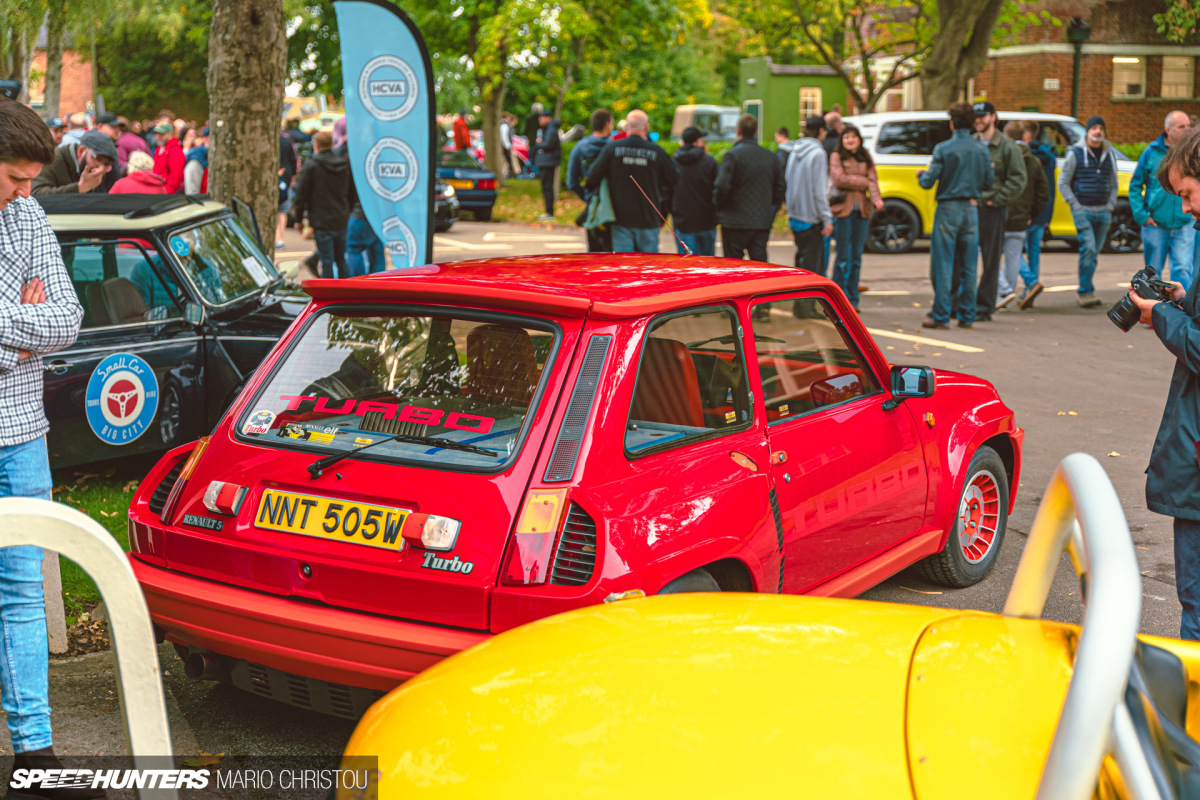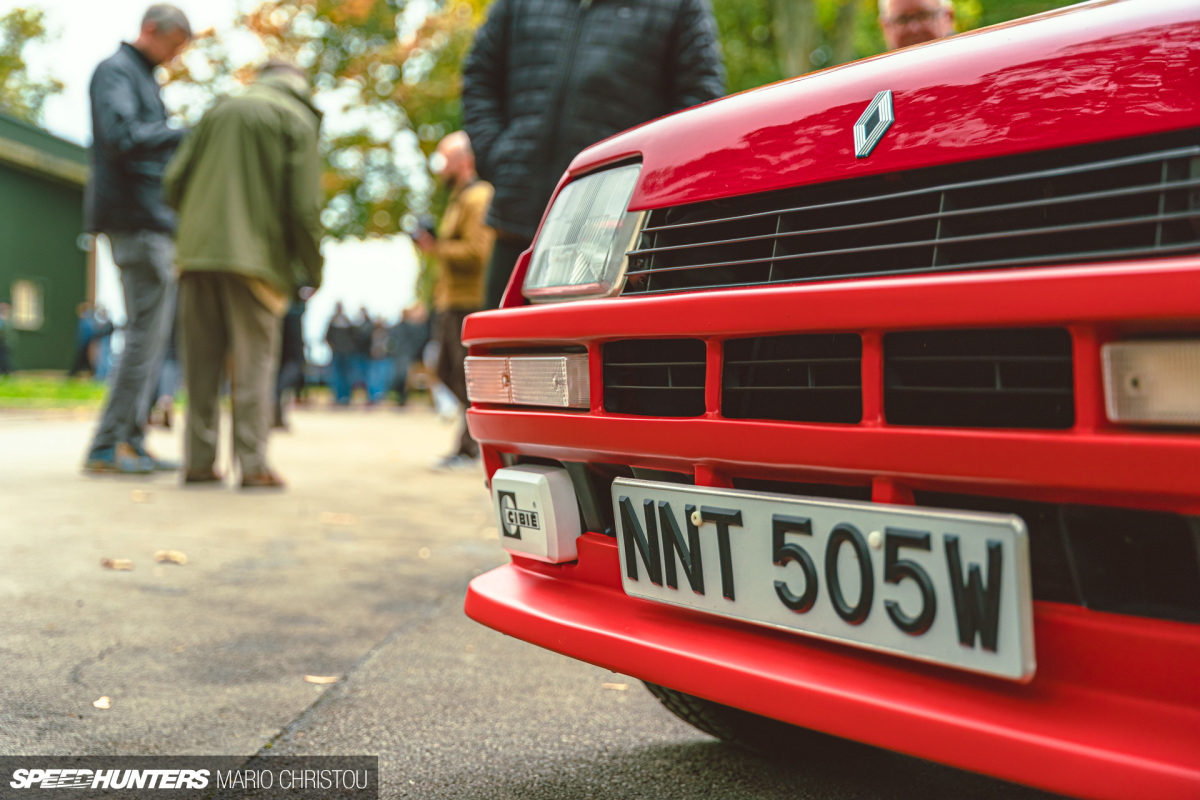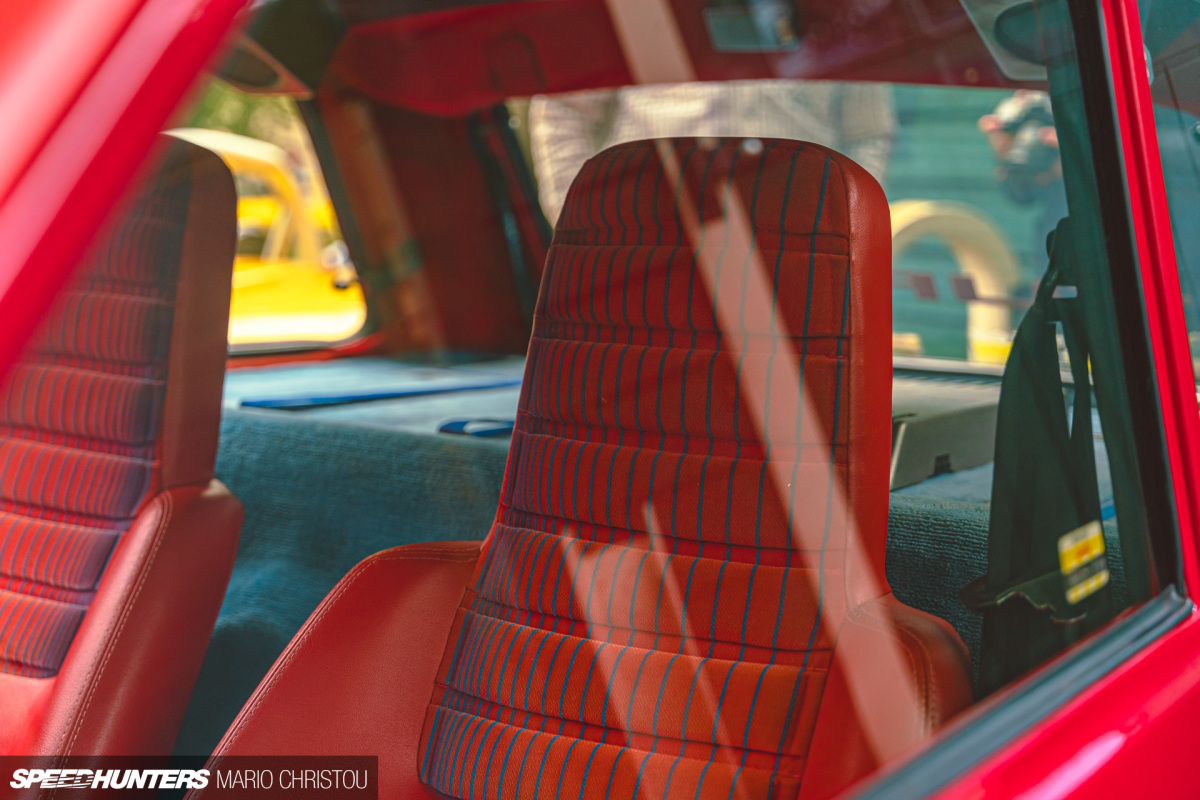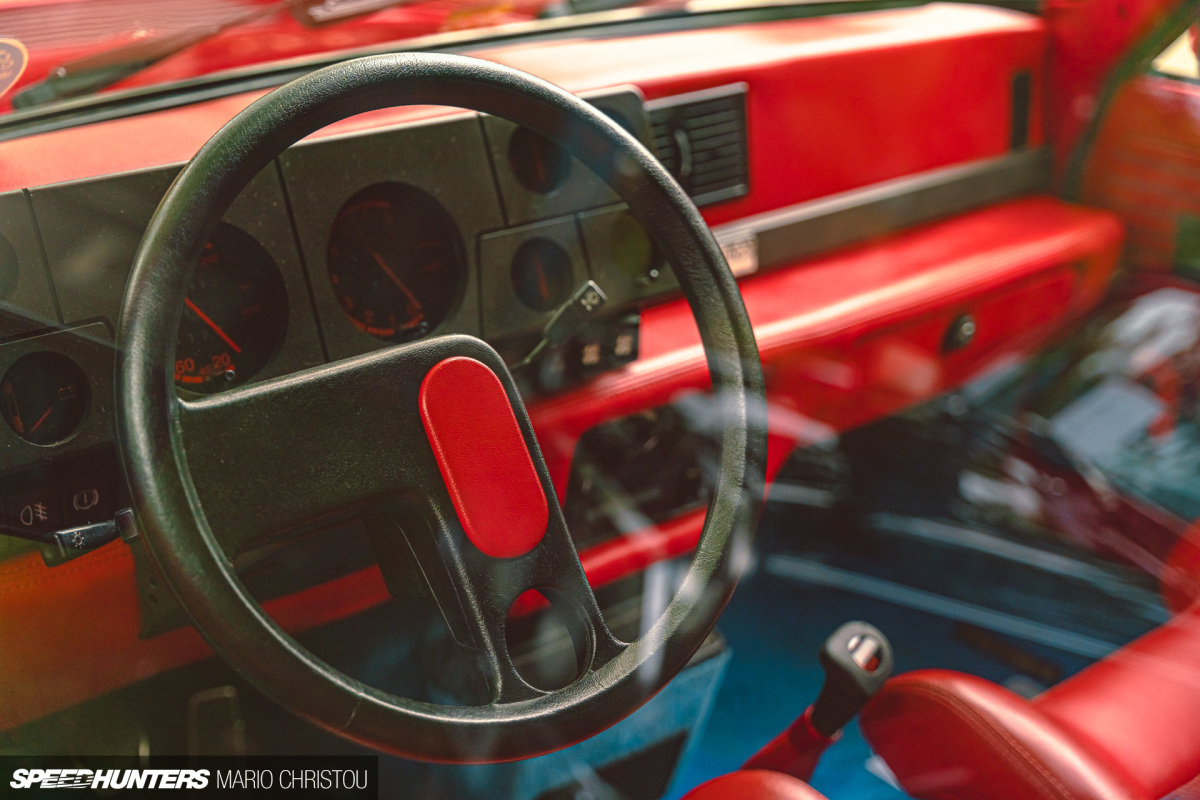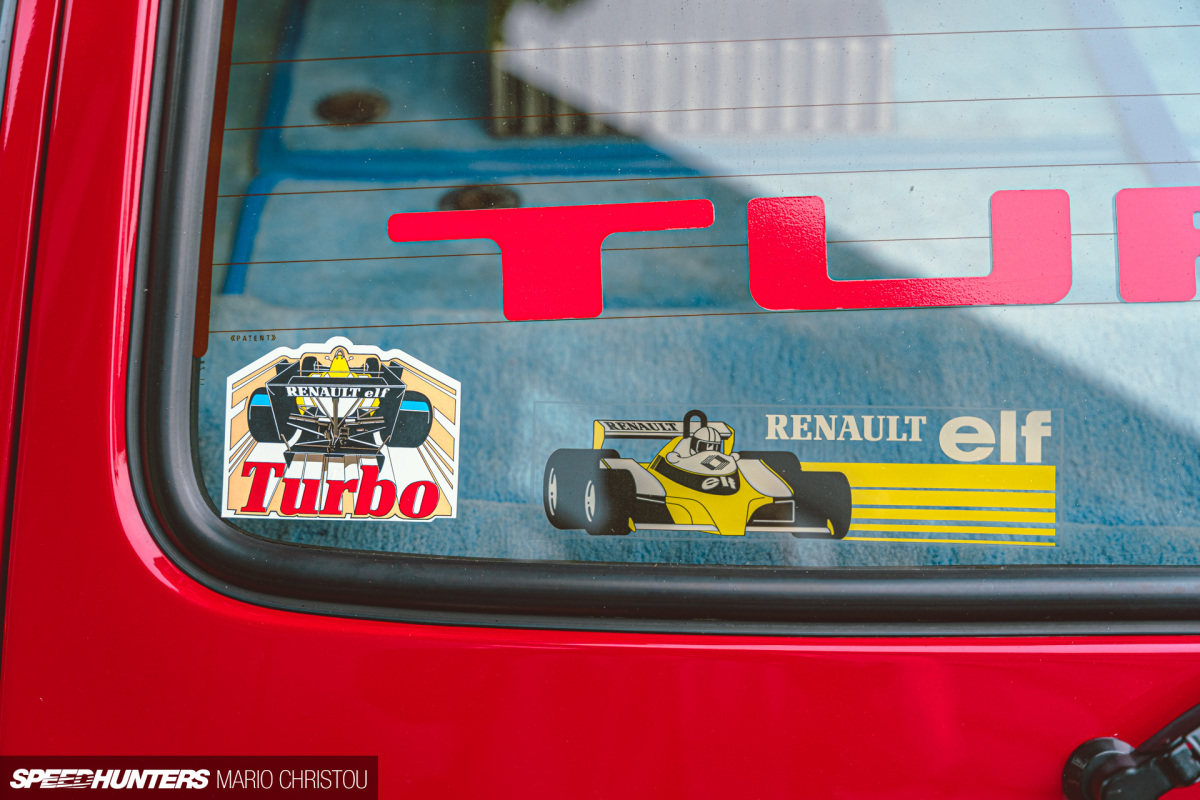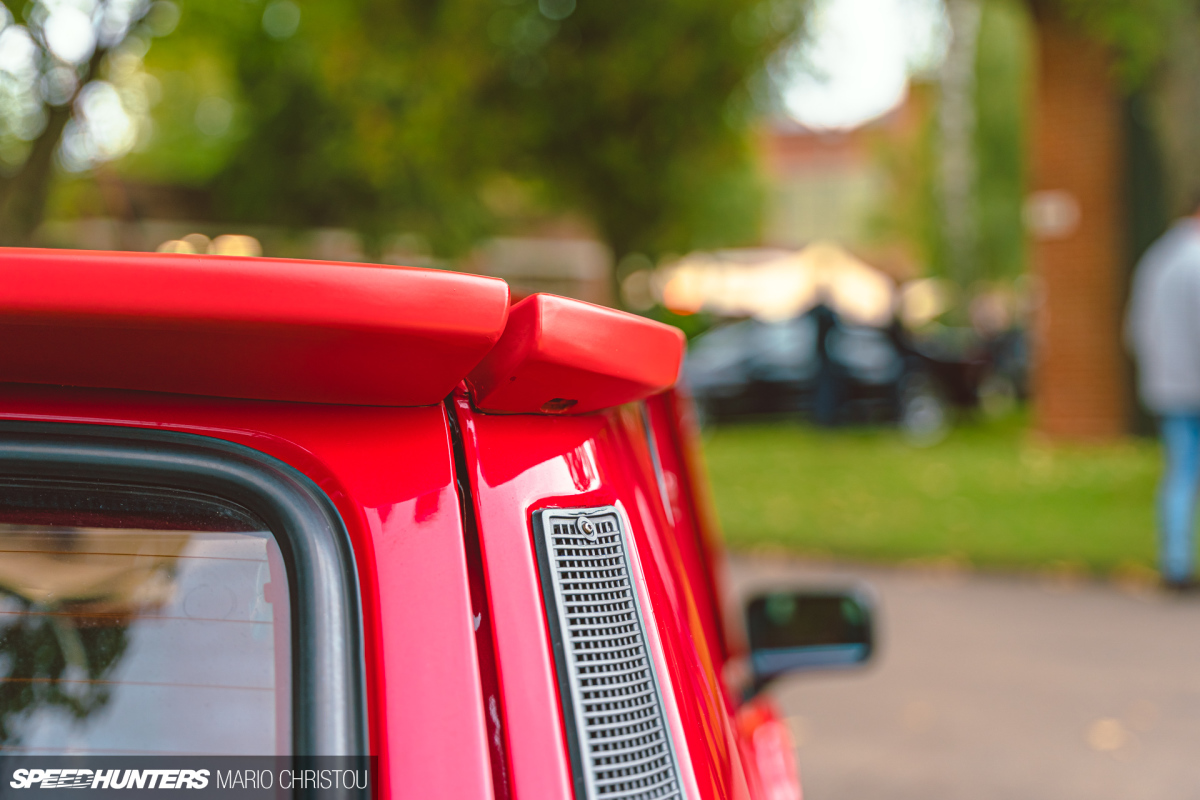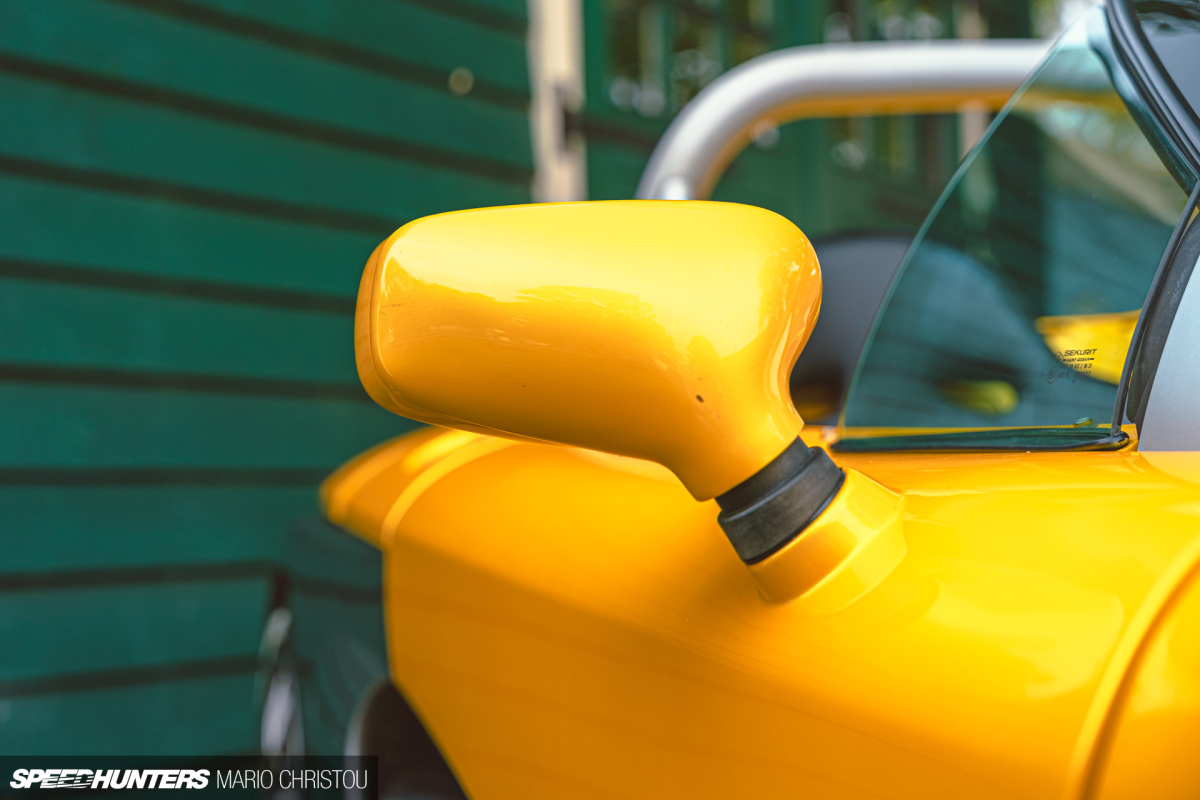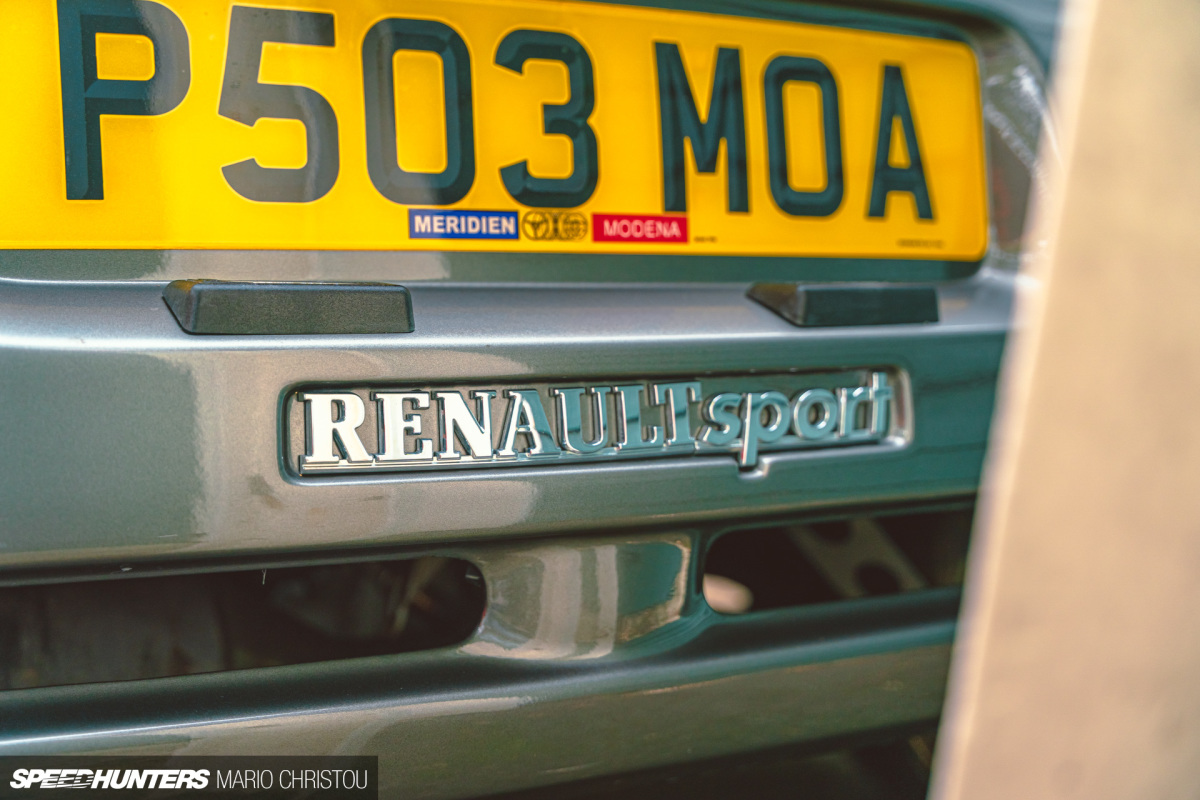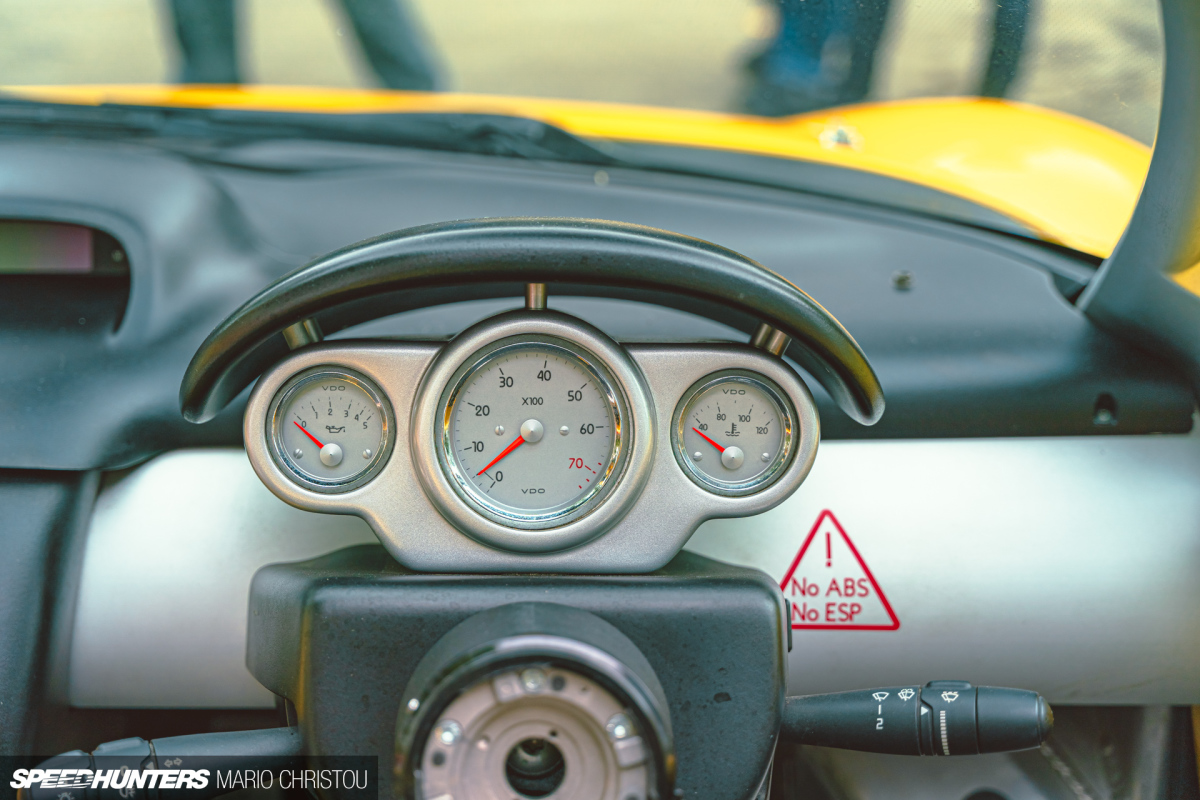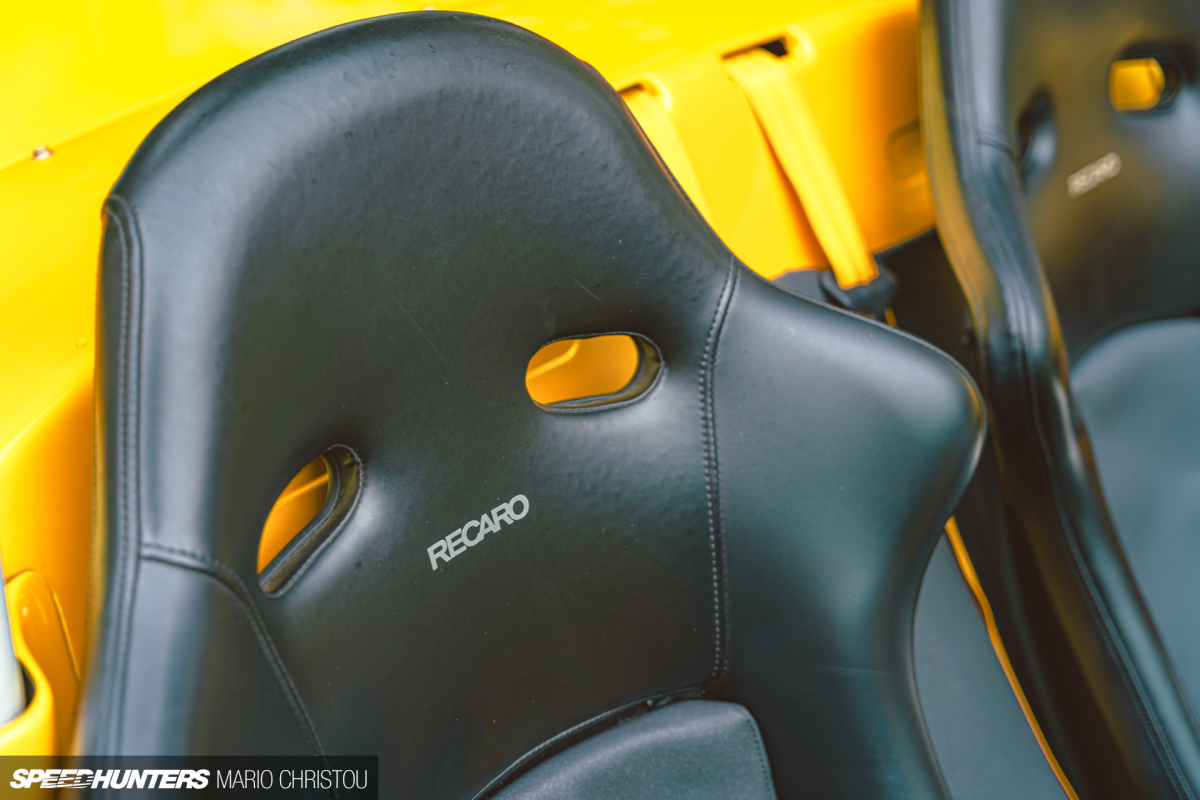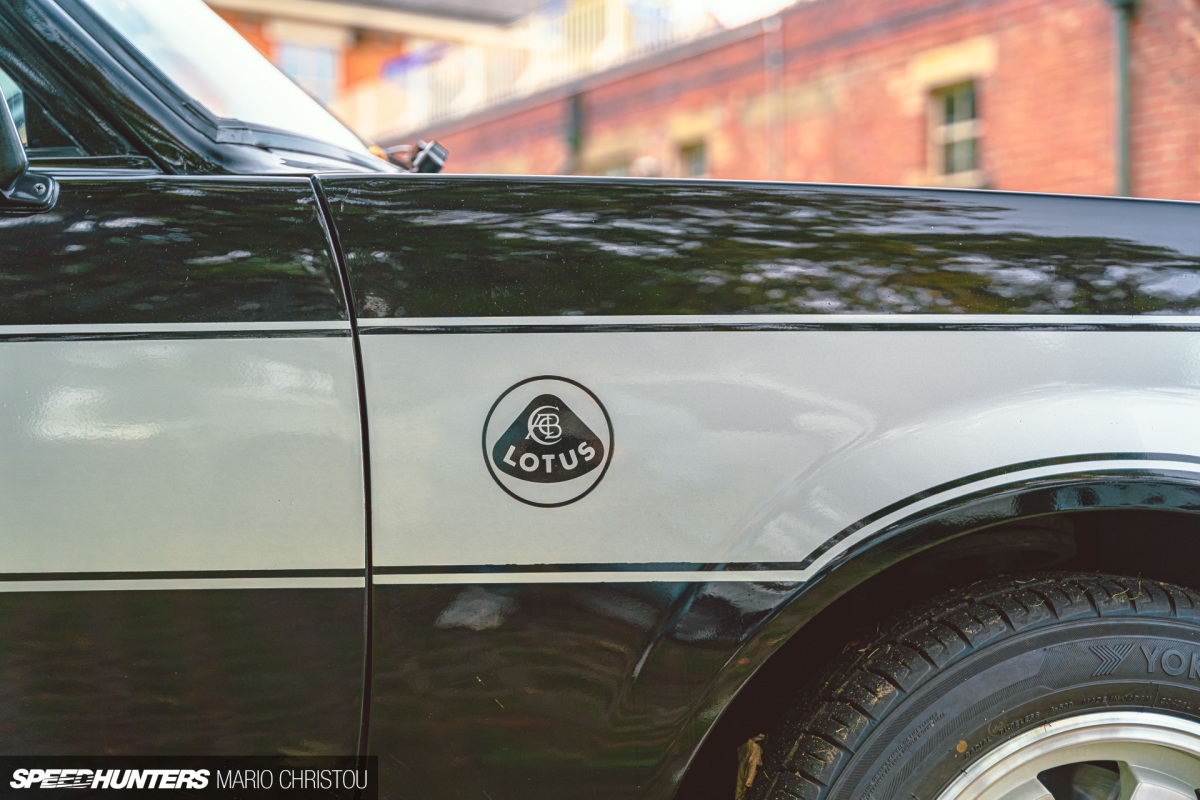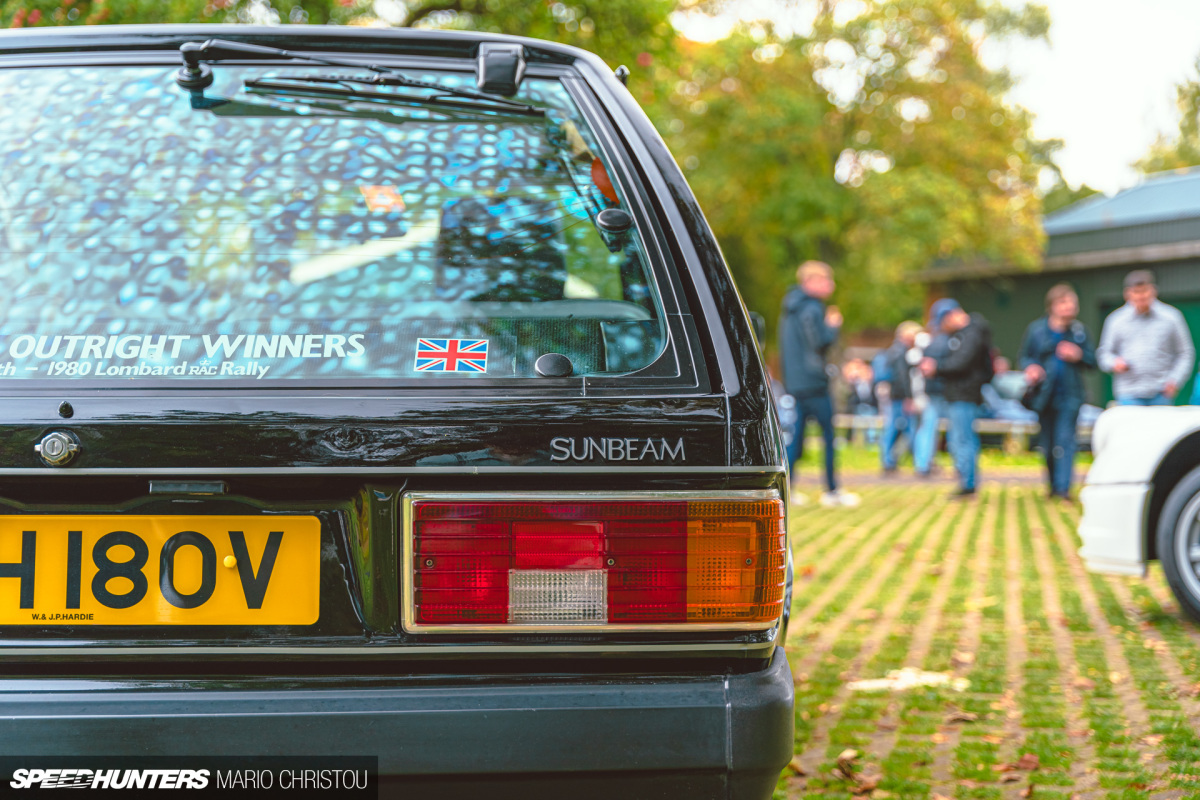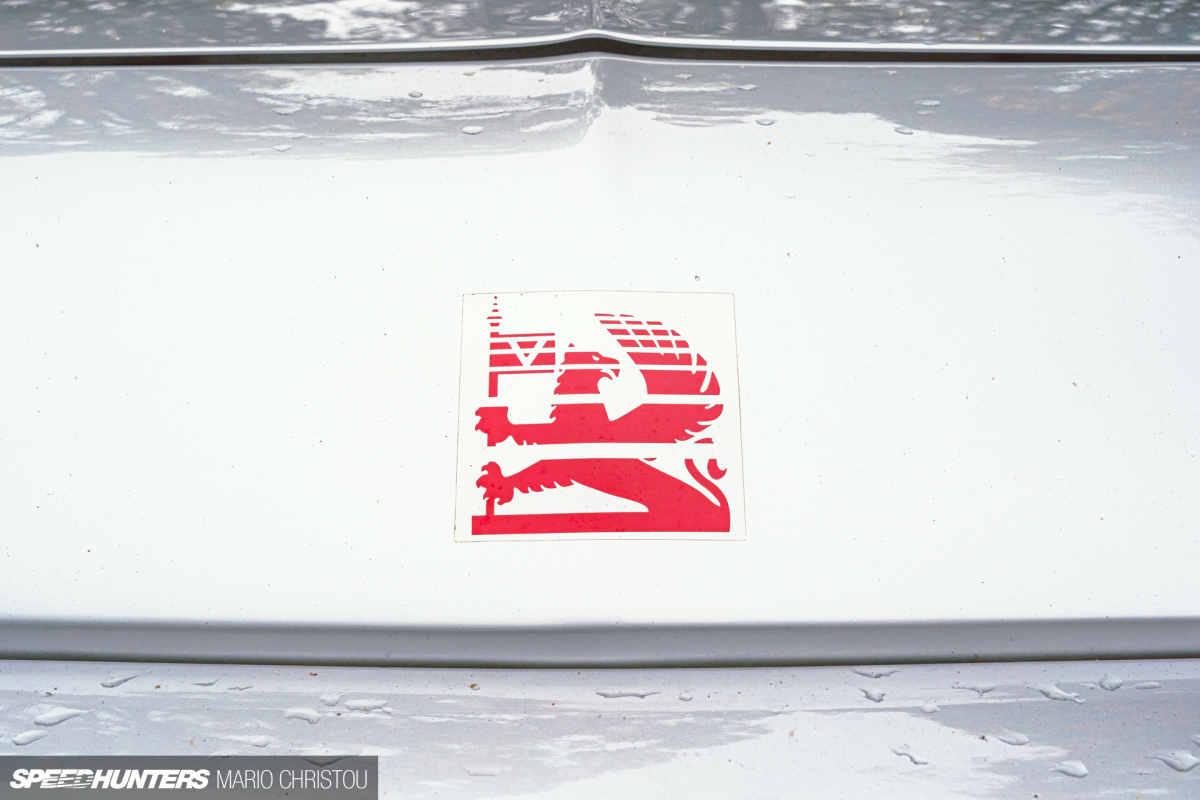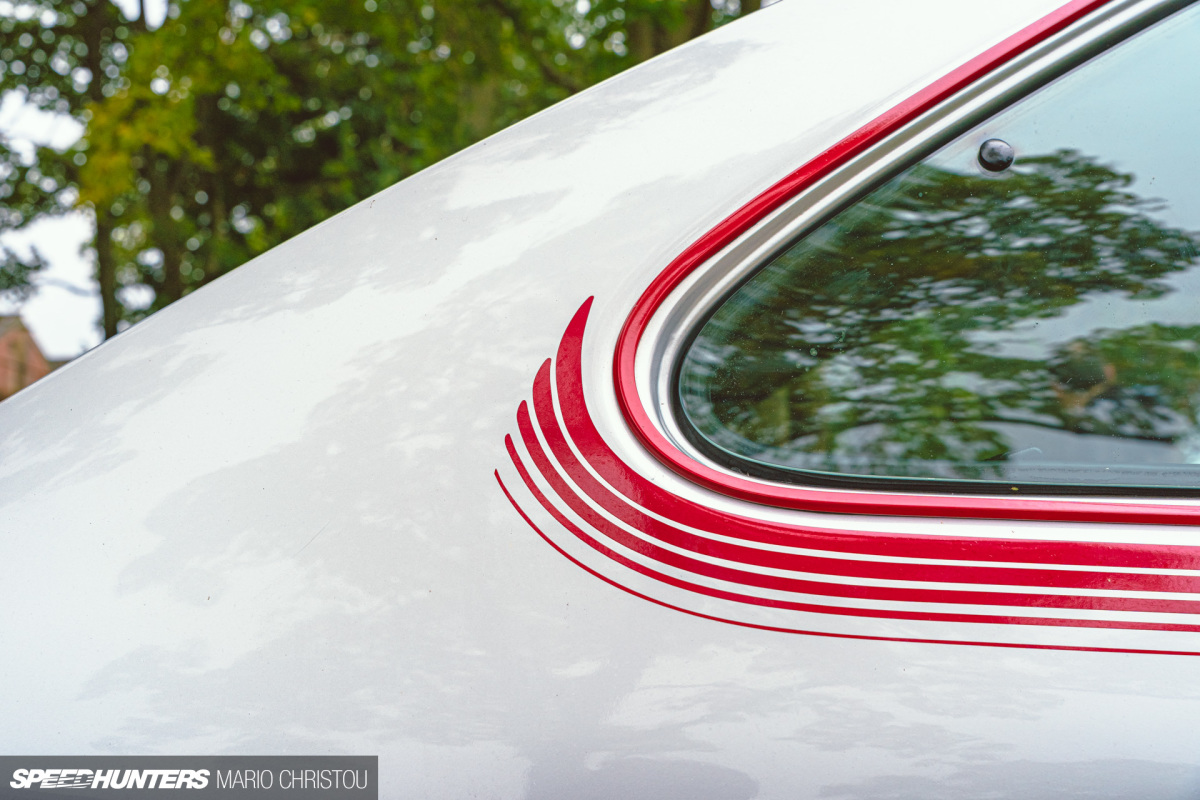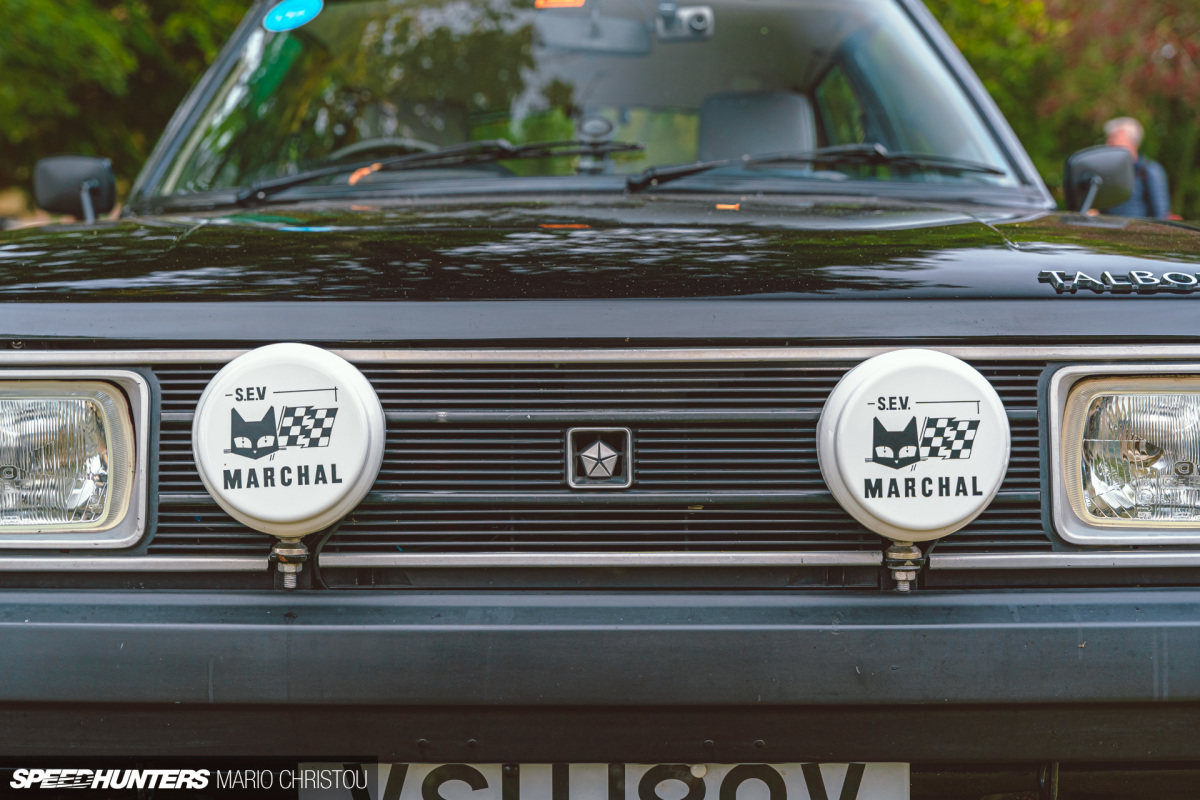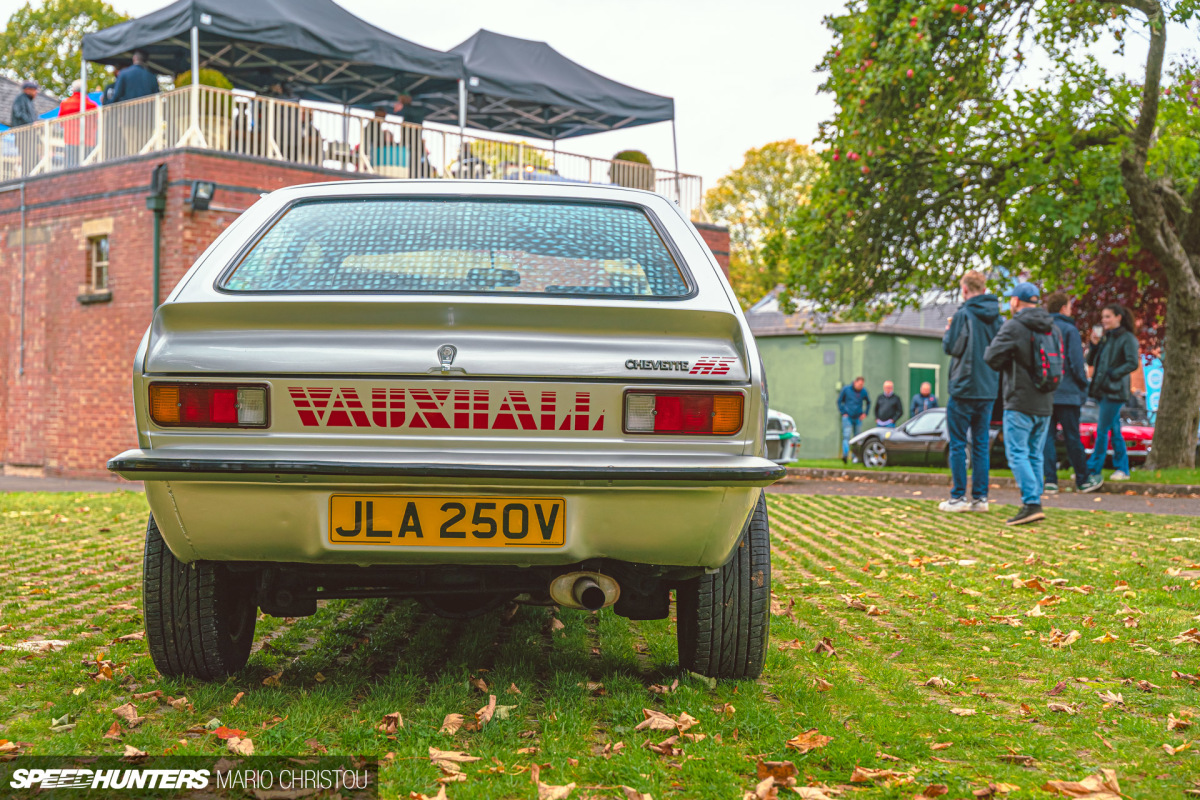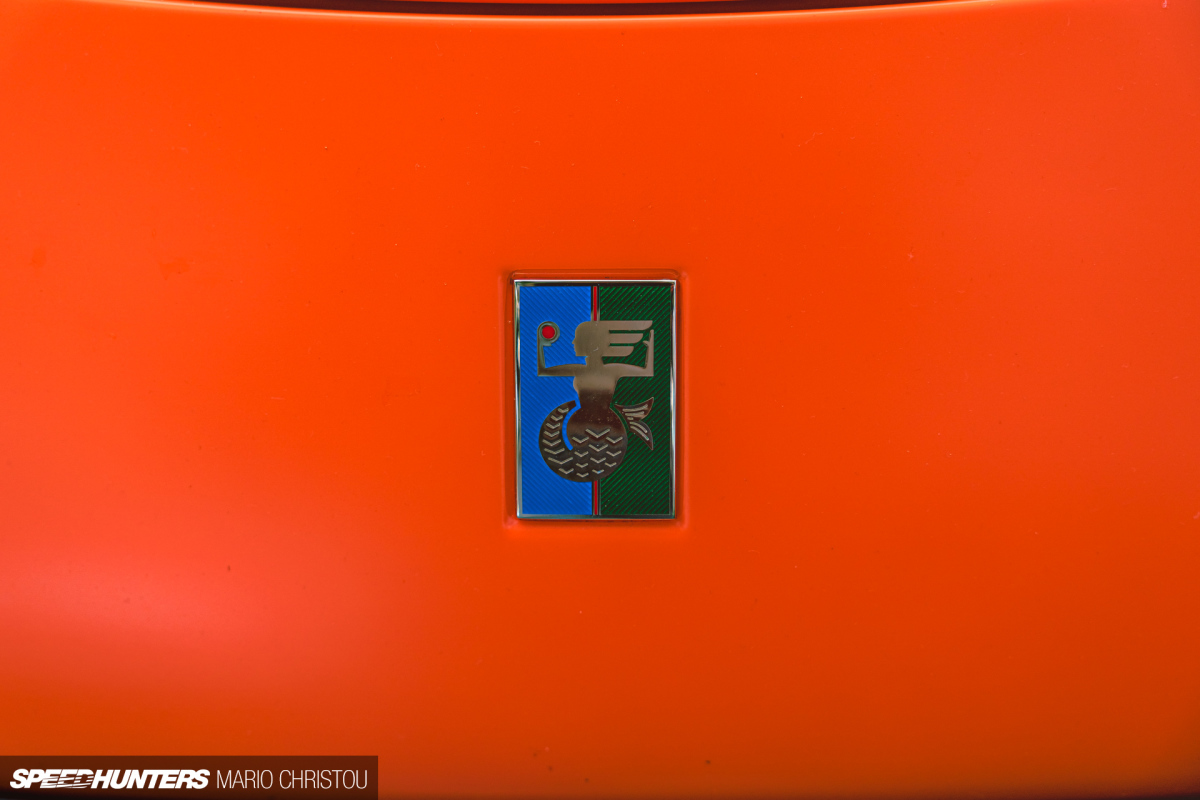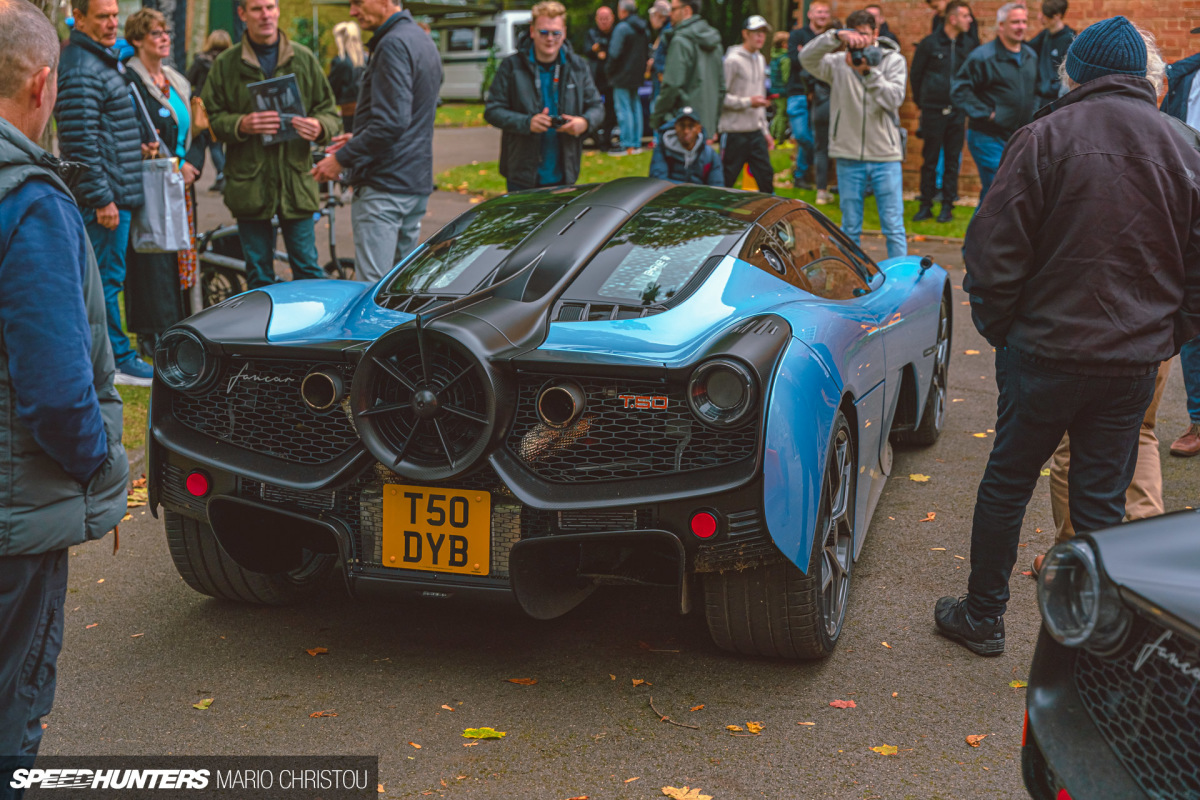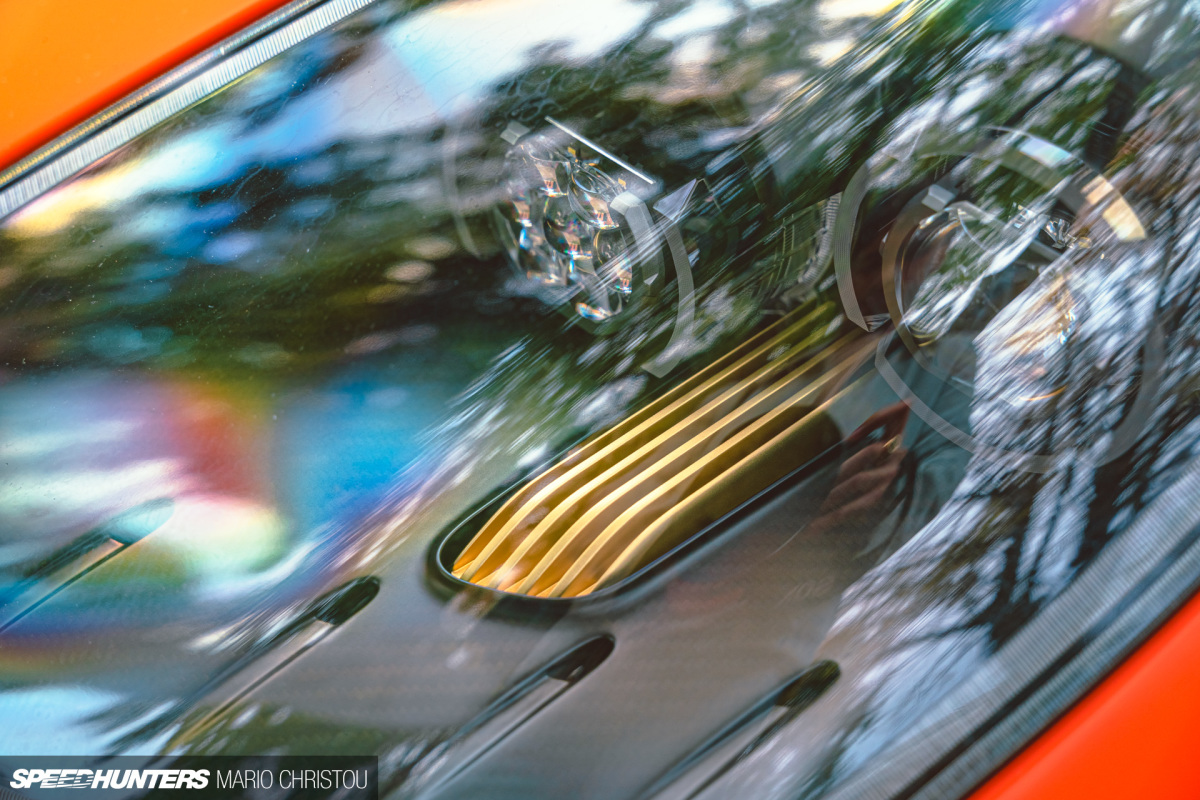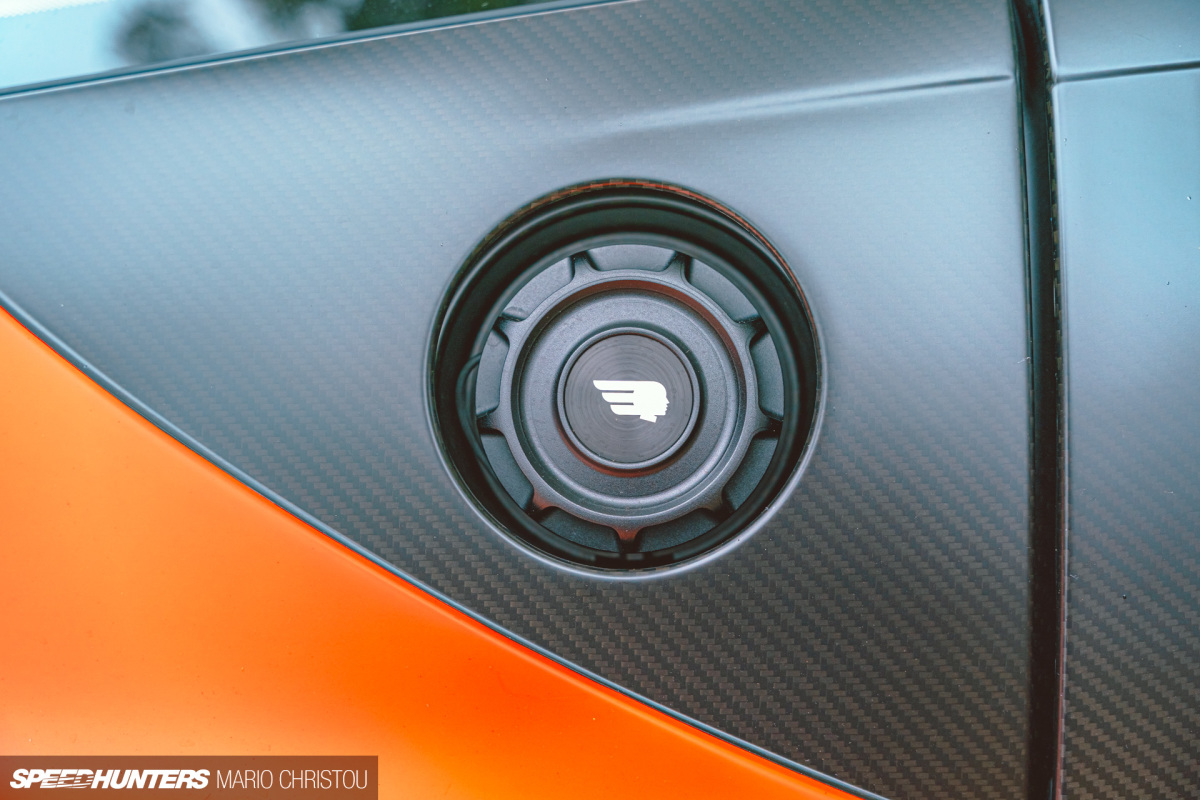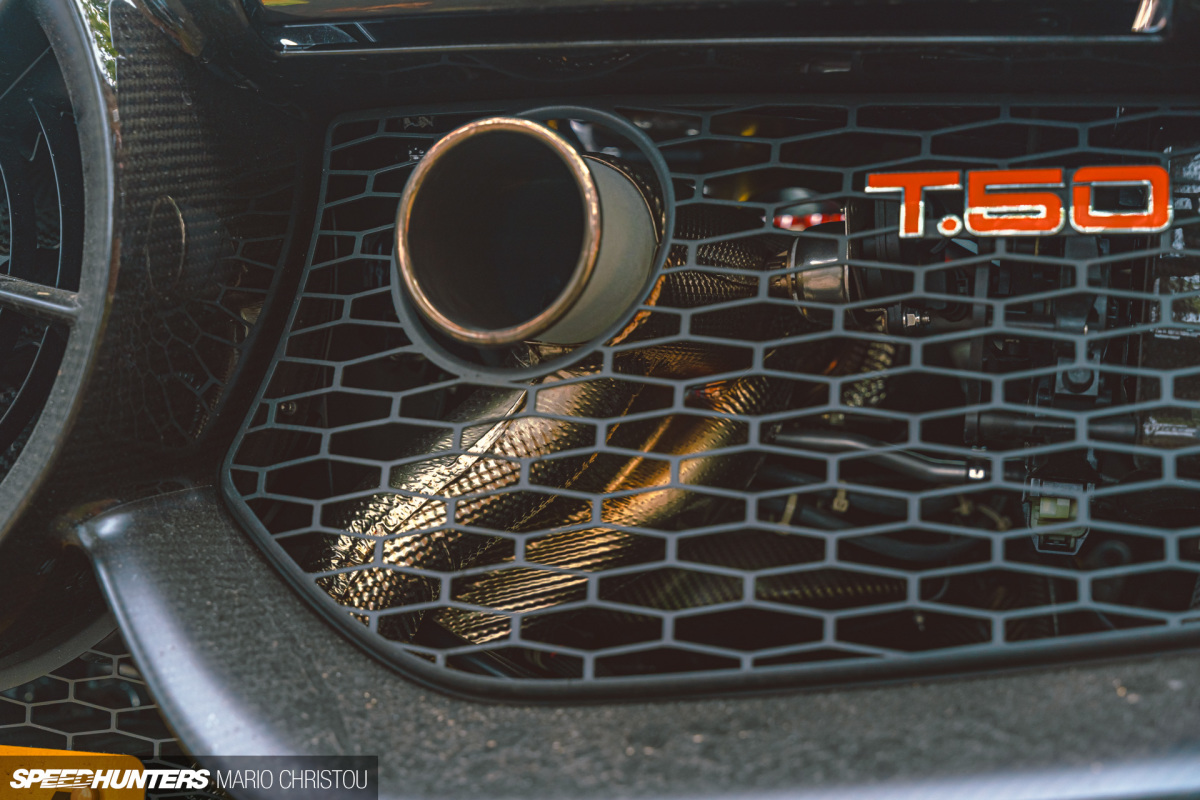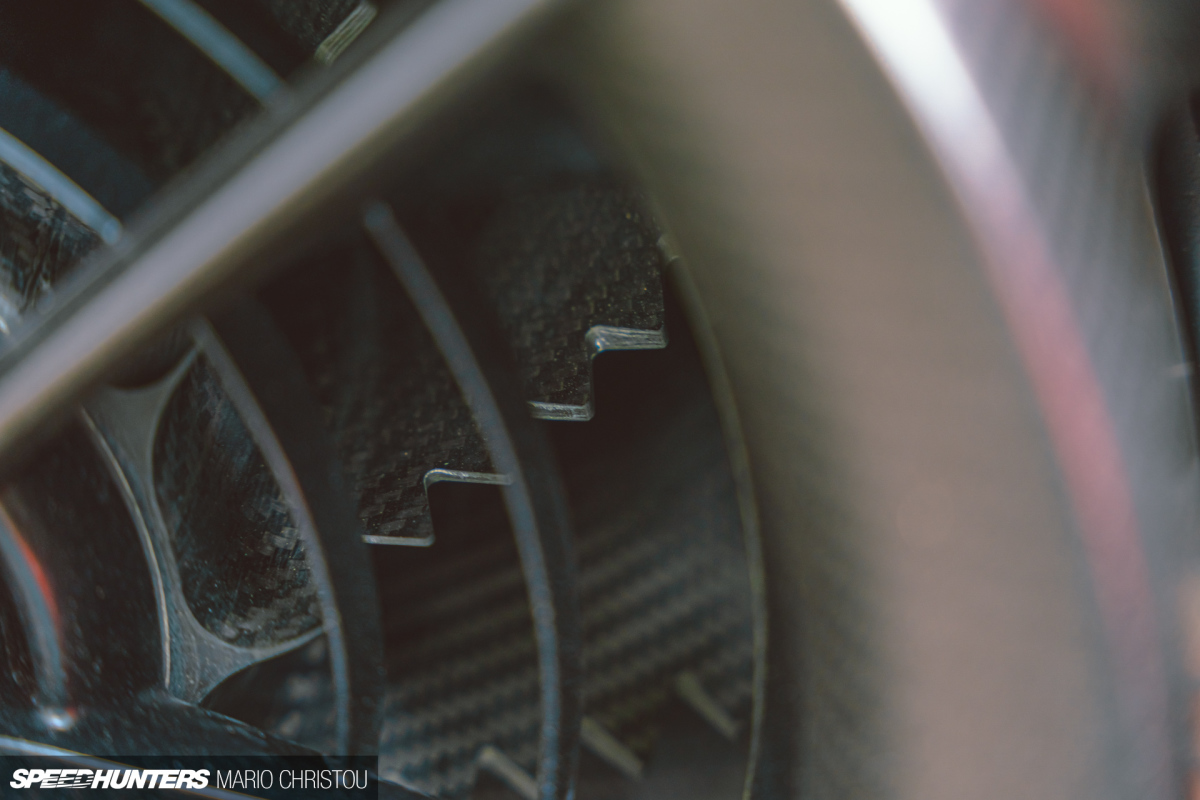The automotive world hardly ever evokes real shock today.
It comes as no shock, given how onerous it’s to make a rule and regulation-bending automotive within the twenty first century. To not point out, each conceivable area of interest being crammed. Coupé-SUVs, taking pictures brakes, roadsters with automotive park-friendly doorways, and four-door variations of two-door vehicles… That record alone is all from BMW’s catalogue!
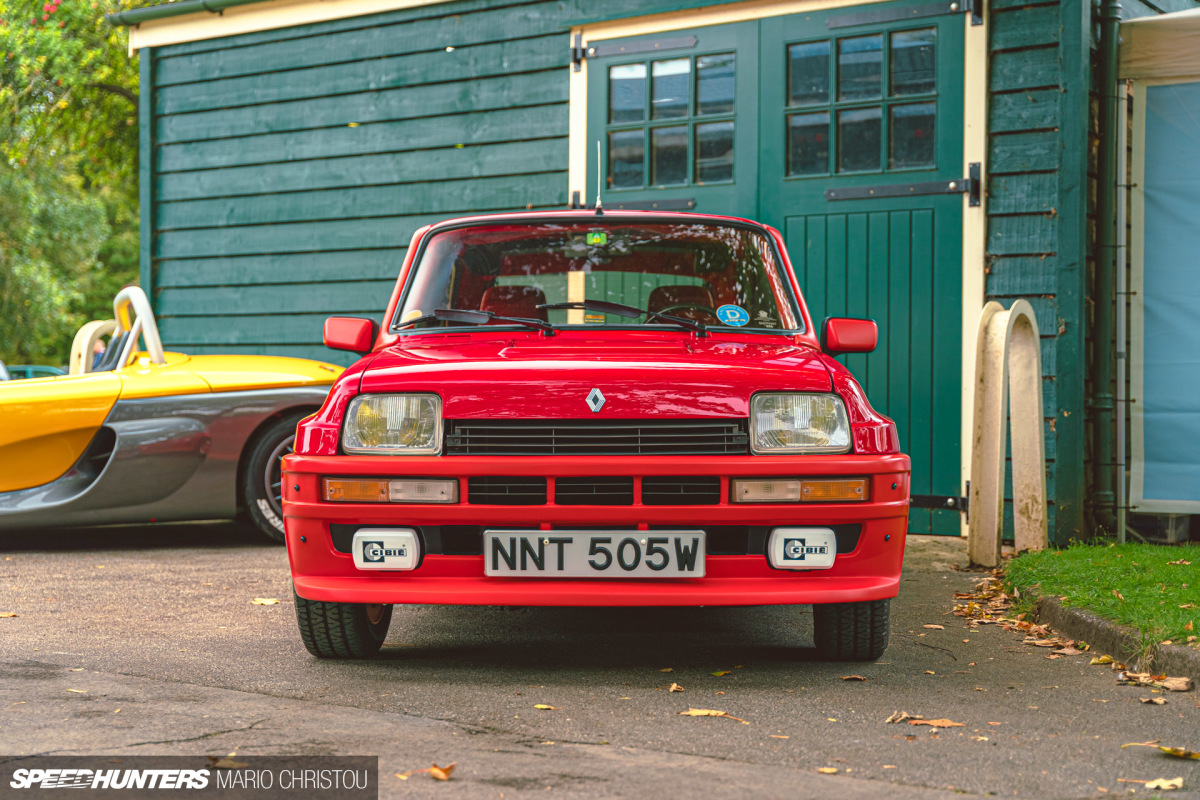
At this level, it’s purely a revenue recreation. However within the Nineteen Eighties, the automotive business thrived on wild concepts born from experimentation, homologation, or each. Enter Renault’s 5 Turbo.
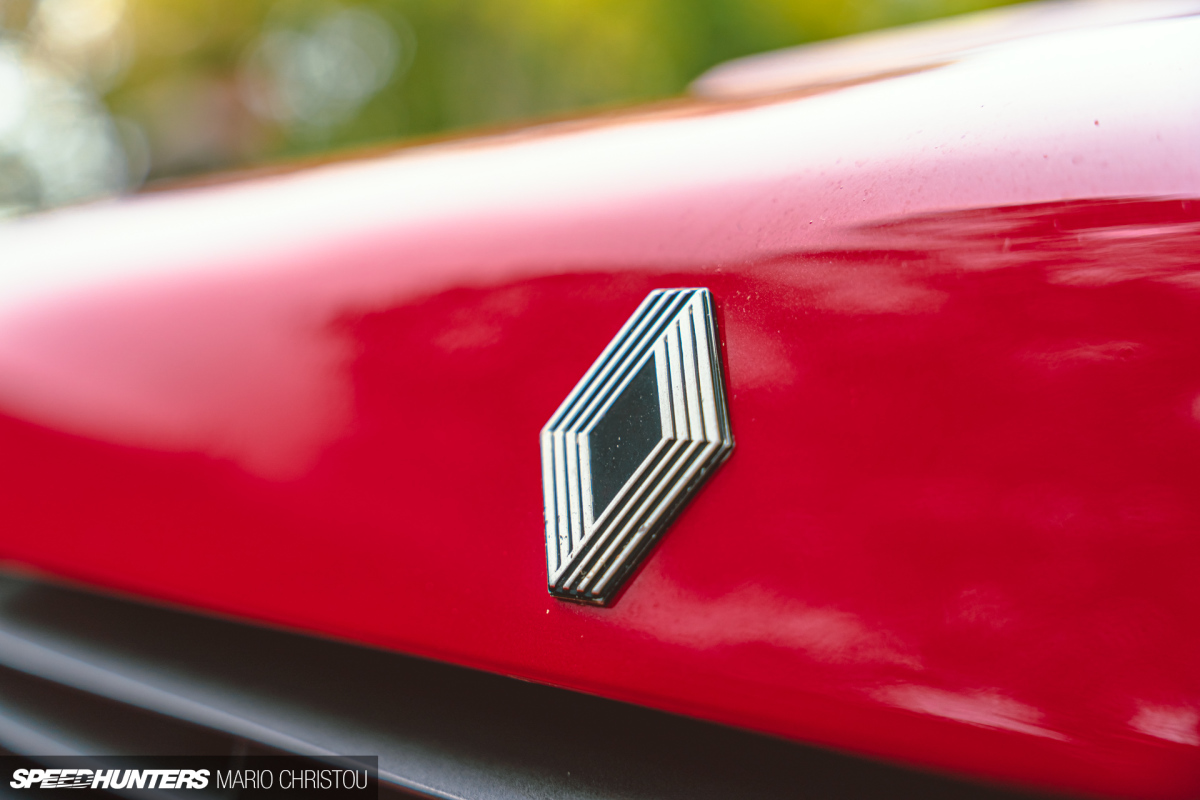
Launched in 1980 as a homologation particular for Group 4 rallying, the R5 Turbo was removed from the on a regular basis Renault 5 seen at native boulangeries. Its design drew inspiration from the Lancia Stratos, which showcased some great benefits of mid-engine setups for rallying.

With a 1.4-litre turbocharged four-cylinder nestled behind the entrance seats – delivering 158hp to the rear wheels – the R5 Turbo may dash from 0-60mph in below 7 seconds and attain a prime pace of 124mph (199/km/h).

The 1984 Maxi Turbo represented the top of this rally beast, sporting a wider, lighter body and a manic 345hp from its 1.5-litre engine. It should have been a riot to drive, even when it wasn’t a championship contender.

After the road-going R5 Turbo 2 ceased manufacturing in 1986, Renault struggled to take care of its efficiency picture. To spice issues up, the French automaker launched the Renault Sport Spider. I’m glad it did – I completely adore this automotive.

The Spider boasts a simplistic magnificence absent in lots of track-day specials: smooth curves, a low nostril, and fairly headlights. The rear finish is a bit awkward, with taillights seemingly misplaced in house, but the proportions are unbelievable.
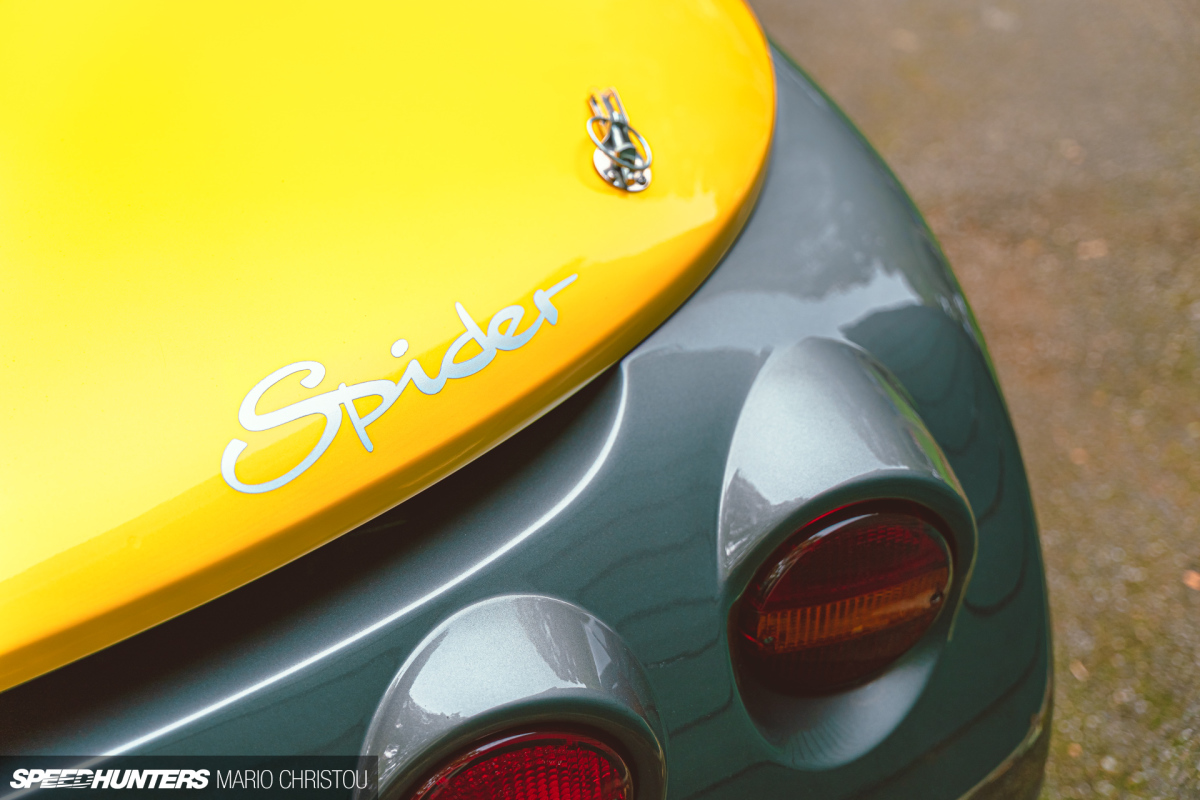
British fashions featured a glass windscreen, however European variations had the choice of a literal ‘windscreen’ – a ducted scoop that directed air up and away from the cockpit – ingenious!

Powered by a 2.0 inline-four from the Renault Clio Williams, the 930kg Spider matched the 5 Turbo’s 0-60mph time of 6.9 seconds, delivering a enjoyable but manageable driving expertise. My favorite element? The butterfly doorways, or, on this automotive’s case… the ‘baguette holder.’ Trés bon!

Whereas the 5 Turbo was solely barely costlier than a Volkswagen Golf GTI when new, it was produced in restricted numbers. The Spider, nonetheless, began at practically £30,000 (roughly US$39,000 in as we speak’s cash) – £7,000 (US$9,100) greater than a Lotus Elise on the time. Practicality wasn’t the Spider’s sturdy swimsuit both.


For these searching for a extra sensible entry into traditional rear-wheel drive efficiency automotive possession, take into account the Vauxhall Chevette HS and Talbot Sunbeam Lotus. Just like the Renault 5 Turbo, these had been homologation specials for Group 4 rallying, however they had been already RWD from the get-go.

As such, creating high-performance variations of the bottom vehicles didn’t compromise their practicality as household hatchbacks – although they had been undeniably little hooligan machines.

The Chevette HS featured an uprated 2.3-litre model of Vauxhall’s slant-four engine with twin Weber carburettors, whereas the Sunbeam’s 2.2-litre Lotus engine sported Dell’Orto carbs. The Talbot produced about 150hp, edging out the Chevette’s 135hp – excessive energy for a small automotive within the late ’70s.
In Group 4 rally specification, each vehicles neared 250hp, which might have made them wild to hurl via forest roads lined with spectators. Whereas Group B is perhaps considered as the top of rallying, the artistry of earlier RWD rally vehicles was one thing else altogether.

Talbot and Lotus deserve particular point out, too. The 1981 WRC championship marked the ultimate yr of Group 4 rules, with Sunbeam clinching the producer title forward of Datsun and Ford. From 1982 onward, all-wheel drive dominance started, save for the legendary Lancia 037 in 1983.

Quick-forward to as we speak, and the efficiency automotive panorama feels standardised and boring. Two-litre turbocharged computerized sizzling hatches and twin-turbo V8 tremendous saloons are the norm, with most automobiles being AWD, quiet and hefty.

Even supercars and hypercars have change into uniform, electrified and bloated. One man turned fed up with all of it, and in August 2020, revealed a handbook, sub-1,000kg (2,204lb) V12 supercar that revs past 12,000rpm and options purposeful floor results because of its rear fan.

The person is Gordon Murray, and the automotive is his GMA T.50.

I’d by no means seen a T.50 in individual till October’s Sunday Scramble at Bicester Heritage, the place seven of those marvels had been on show. Whereas my ardour leans in the direction of ’90s tuning and motorsport, this specific pair stopped me lifeless in my tracks.

It’s refreshing to see that we’re rising from the depths of automotive monotony, with fashionable know-how and progressive pondering permitting inventive minds to shine as soon as extra.

What stood out at this Bicester occasion wasn’t simply the vehicles. The Scramble is greater than a present; it’s a meet. These aren’t polished present ponies however actual vehicles pushed in on a crisp autumn morning.

Lengthy stay the engineers who design such exceptional machines, and lengthy stay the fans who relish driving them!
Mario Christou
Instagram: mcwpn, mariochristou.world
mariochristou.world



